It is believed that the name “Kathmandu” comes from the ancient pagoda “Kasthamandap”, which is said to be made by a single tree. Kathmandu has its own interesting history. It is said that Kathmandu Valley was once a lake. It only became safe to inhabit when Manjushri cut the Chovar Hill and let the water drain from the lake.
Kathmandu Valley Sightseeing Tour combines sightseeing tour of 4 UNESCO Heritage sites of Nepal – Pashupatinath, Boudhanath Stupa, Swayambhunath Temple and Kathmandu Durbar Square.
Pashupatinath: Situated 5 kilometres east of Kathmandu City, Pashupatinath temple is one of the holiest temples dedicated to Lord Shiva. Situated amidst a lush green natural setting on the bank of the sacred Bagmati river, the temple built in pagoda style has jilted roof and richly carved silver doors. Visitors will be permitted to view the temple from the east bank of Bagmati River, entrance in the temple being strictly forbidden to all non-Hindus. Pashupatinath is the centre of annual pilgrimage on the day of Shivaratri, which falls in the month of February/March. Behind the temple are the cremation grounds.
After Pashupatinath we head towards Boudhanath, another magnificent pagoda style Buddhist stupa famous for its nickname “The little Tibet”.
Boudhanath: This Stupa, 8 kilometres east of Kathmandu City, is one of the biggest in the world for its kind. It stands with four pairs of eyes in the four cardinal direction keeping watch for righteous behavior and human prosperity. This Buddhist Stupa was built by King Man Deva at the advice of the Goddess Mani Jogini. It is built on an octagonal base inset with prayer wheels. The shrine is ringed by houses of Lamas or Buddhist priest.
After finishing the tour around Boudhanath, we head towards Kathmandu Durbar Square, another small site also listed on the UNESCO world heritage site for its great religious importance.
Kathmandu Durbar Square: Kathmandu Durbar Square is one of the major attractions in Kathmandu Valley. The word “Durbar Square” is translated in English as Palace Complex. The Durbar Square, with its old temples and palaces, epitomizes the religious and cultural life of the people.
After concluding the tour around Kathmandu Durbar Square, we will head towards Swayambhunath nicknamed the “Monkey Temple”. This Buddhist stupa holds some great artistic and magnificent small Buddhist monasteries which provide you with some great Buddhist culture and tradition.
Swayambhunath: Swayambhunath is located approximately 4 kilometres west of Kathmandu, and this Buddhist stupa is said to be 2000 years old. The Stupa which forms the main structure is composed of a solid hemisphere of brick and earth supporting a lofty conical spire capped by a pinnacle of copper gilt. Painted on the four-sided base of the spire are the all-seeing eyes of Lord Buddha. This hill is a mosaic of small Chaityas and Pagoda temples.
Itinerary
Expand/Close
Arrival in Kathmandu and stay overnight in Kathmandu.
Morning: Pashupatinath Temple and surrounding, Bagmati River on both sides.
Afternoon: Durbar Square & Old Town, Kathmandu
Stay overnight in Kathmandu.
Morning: Swayambhunath (monkey temple), Ichangu Narayan temple, Balaju Water Garden, White Monastery.
Afternoon: Gokarna Mahadev Temple, Bodhnath and surroundings.
Stay overnight in Kathmandu.
Morning: Kirtipur, Chobar.
Afternoon: Patan
Stay overnight in Kathmandu.
Bungamati, Pharping. Stay overnight in Kathmandu.
Morning: Thimi
Afternoon: Bhaktapur.
Stay overnight in Kathmandu Bhaktapur.
Morning: Nagarkot, see sunrise and look around.
Afternoon: Changu Narayan Temple.
Stay overnight in Kathmandu
Dhulikhel, Namo Buddha, Panauti.
Stay overnight in Kathmandu.
Fly back to your country
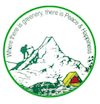

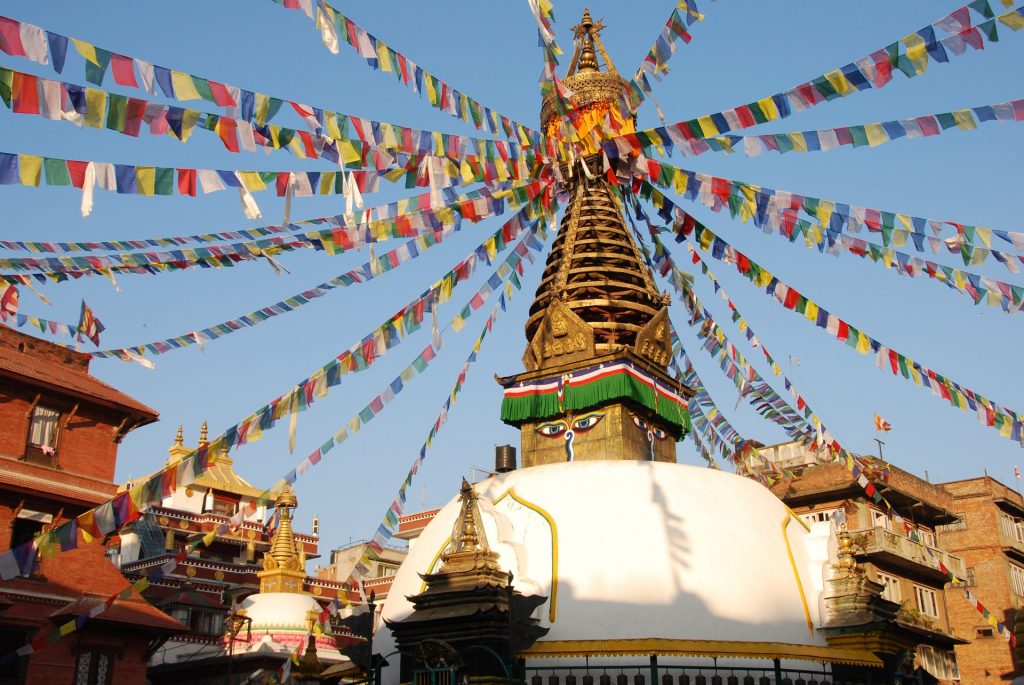
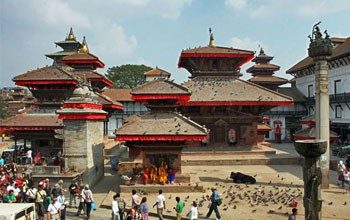
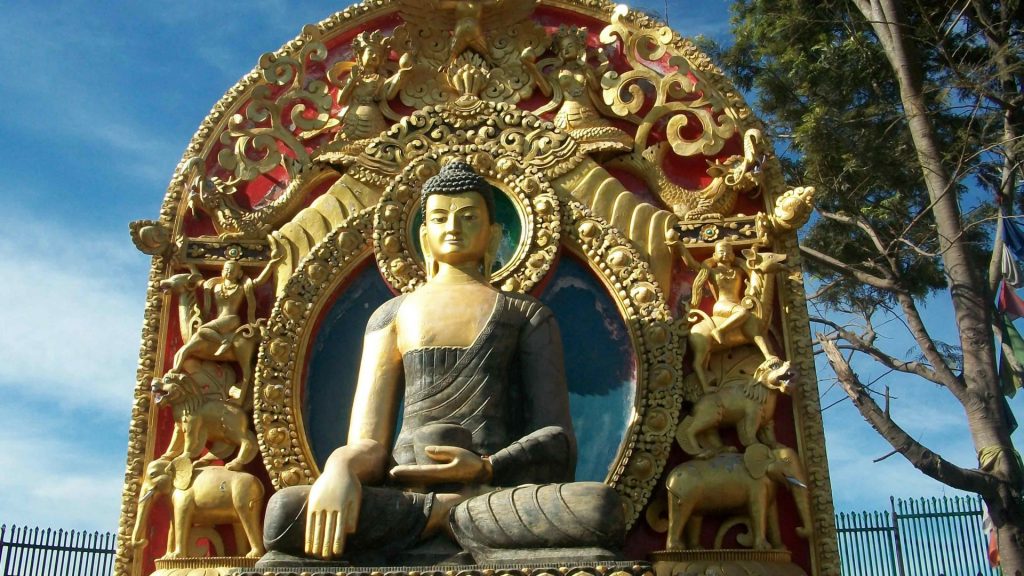
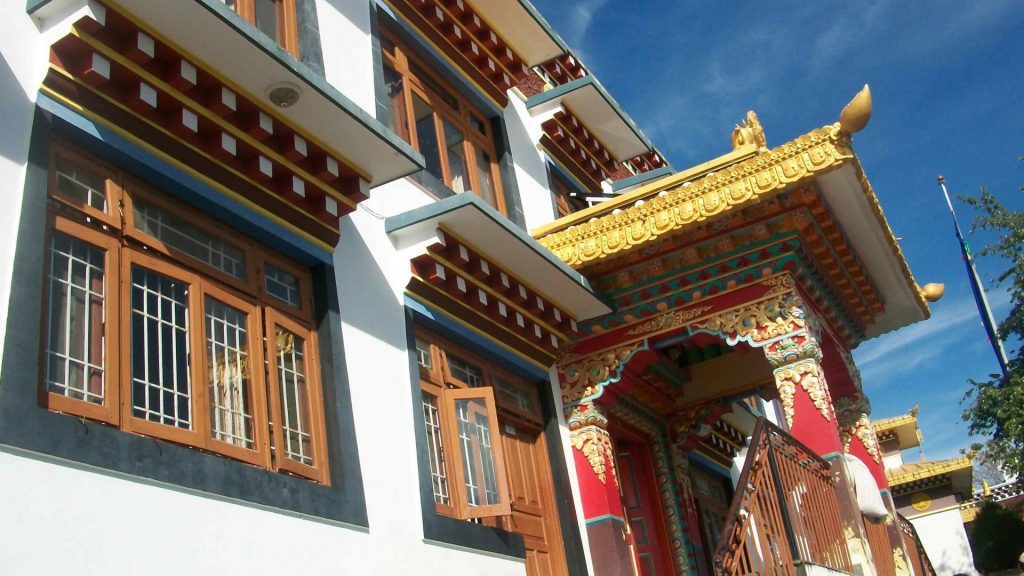
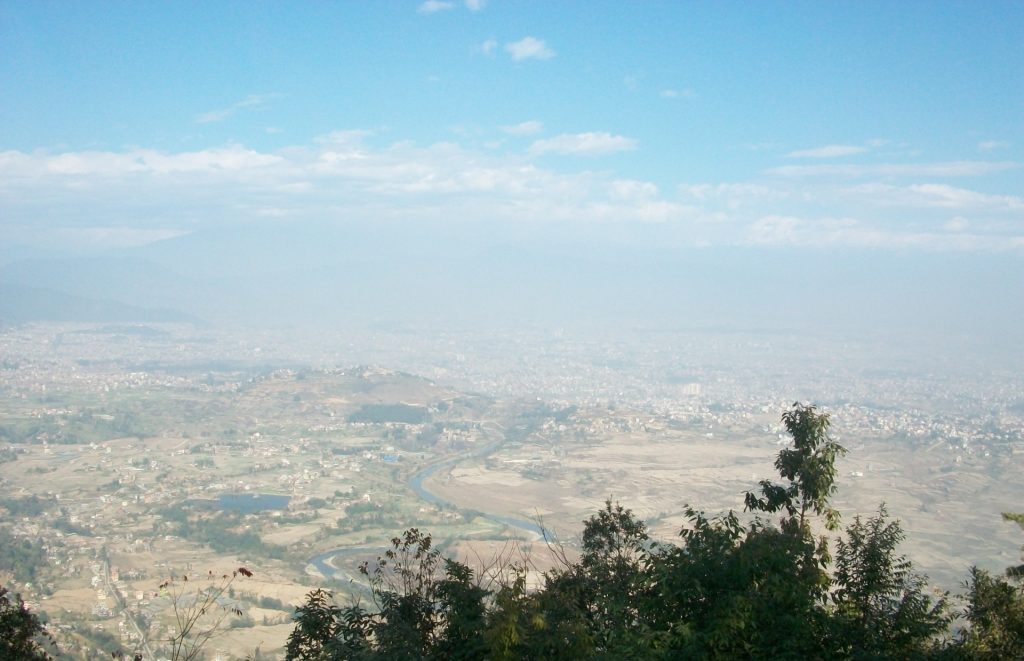
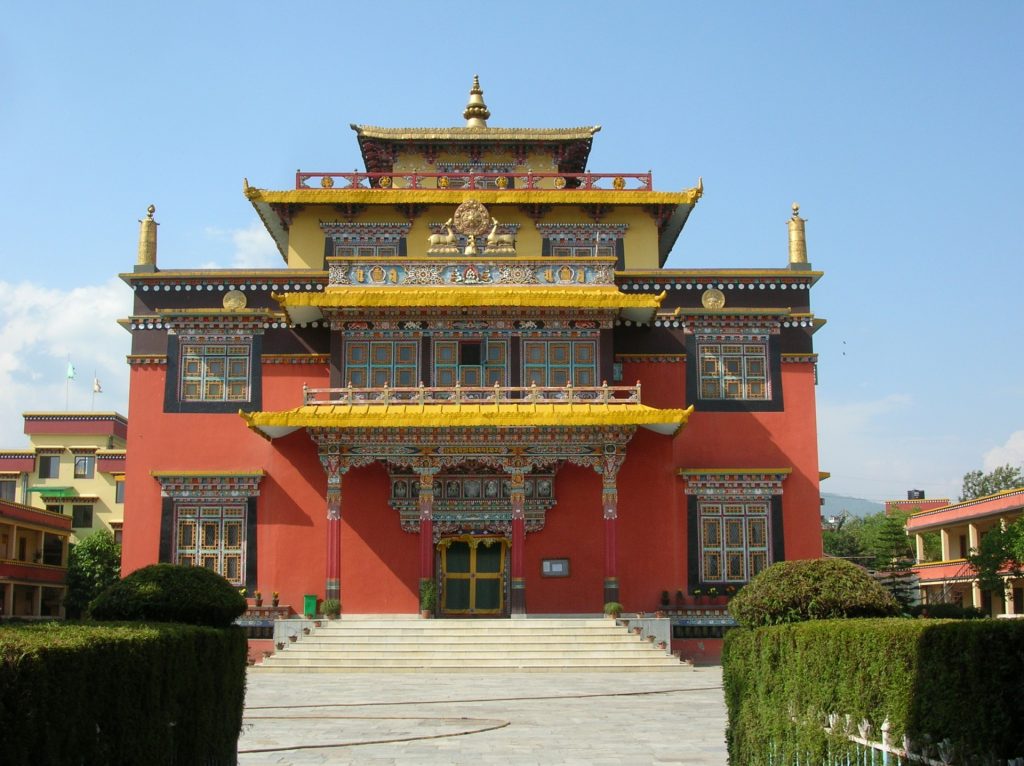
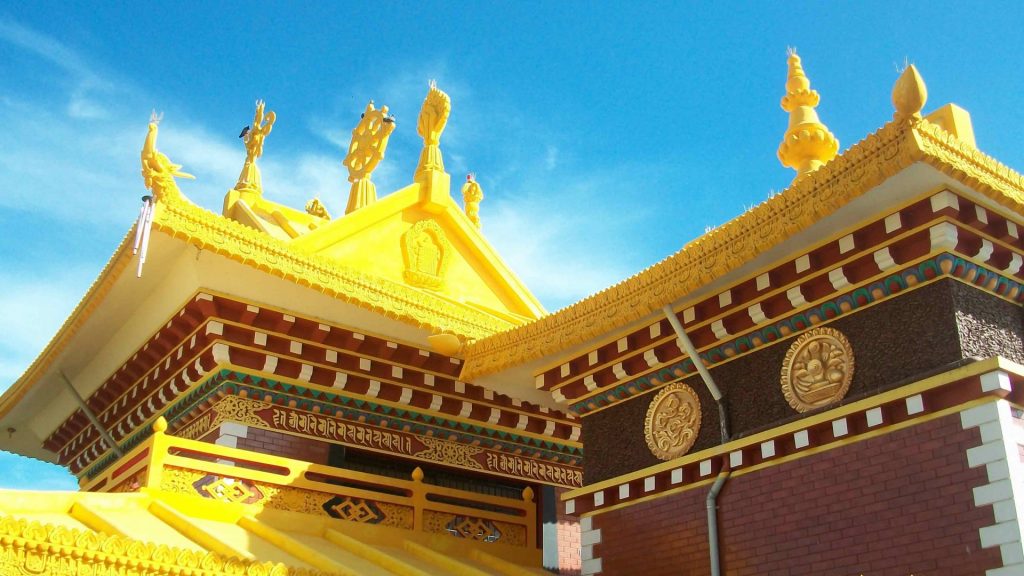
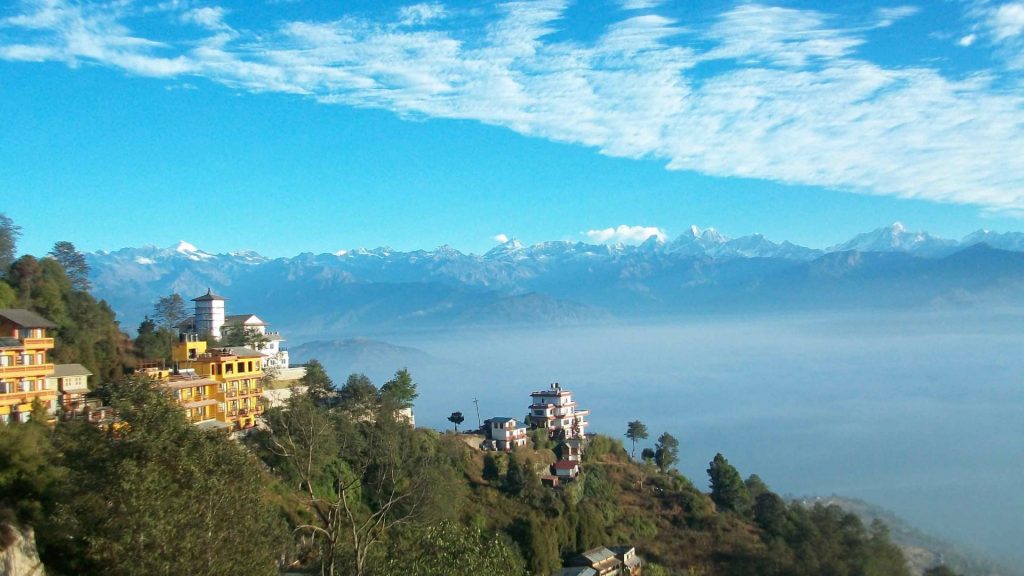
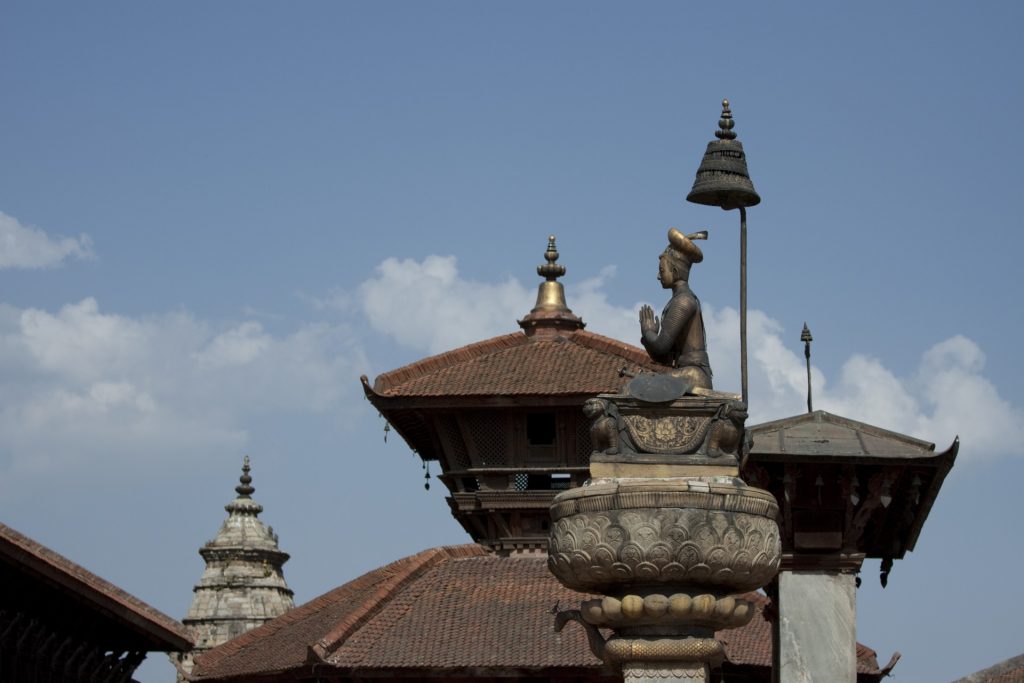
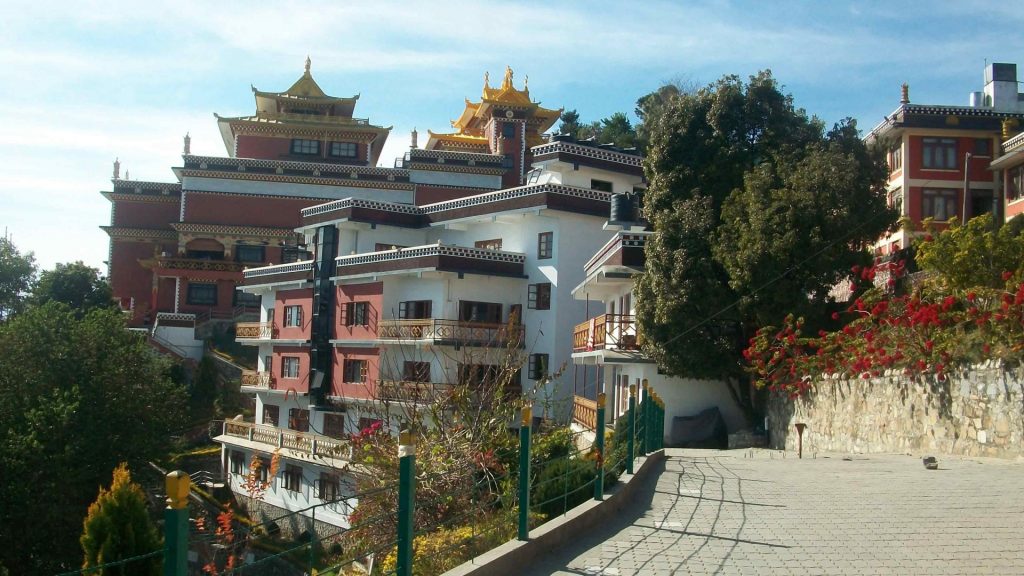
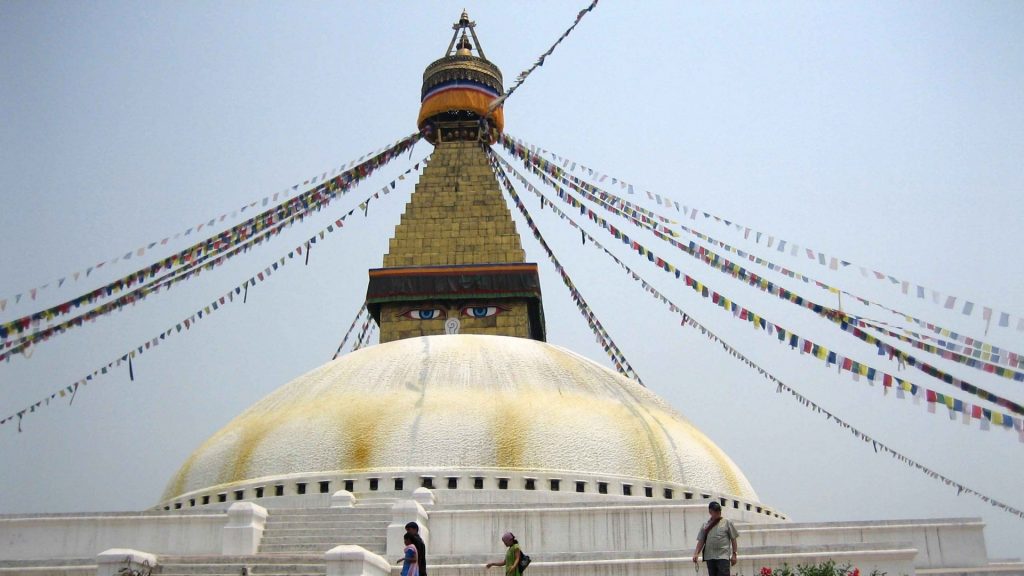
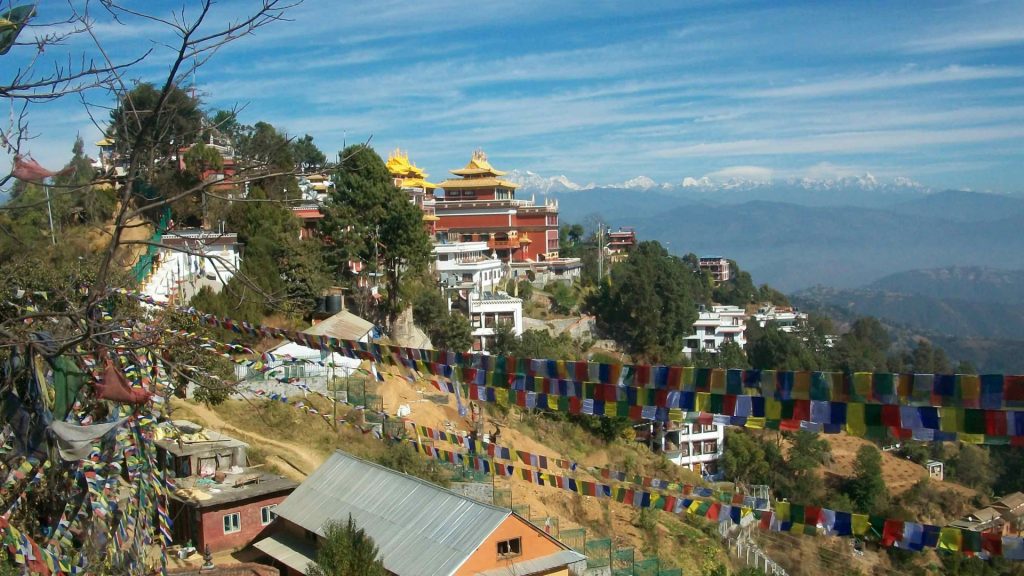
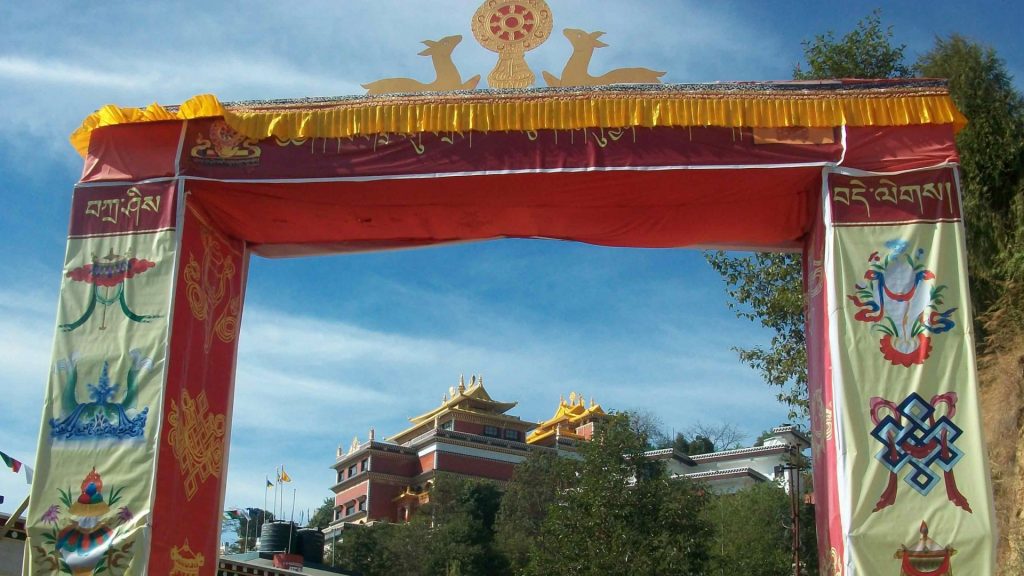
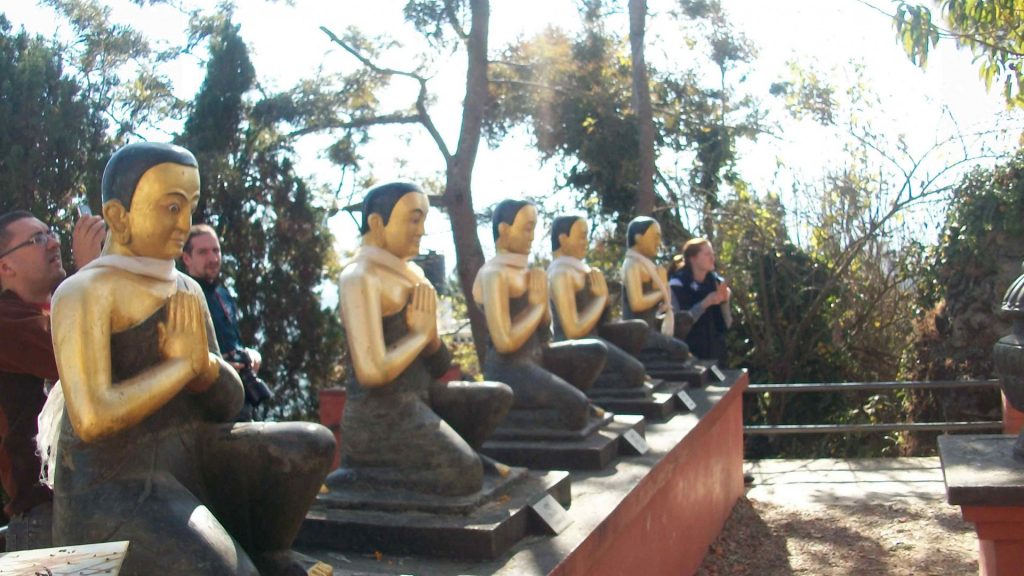
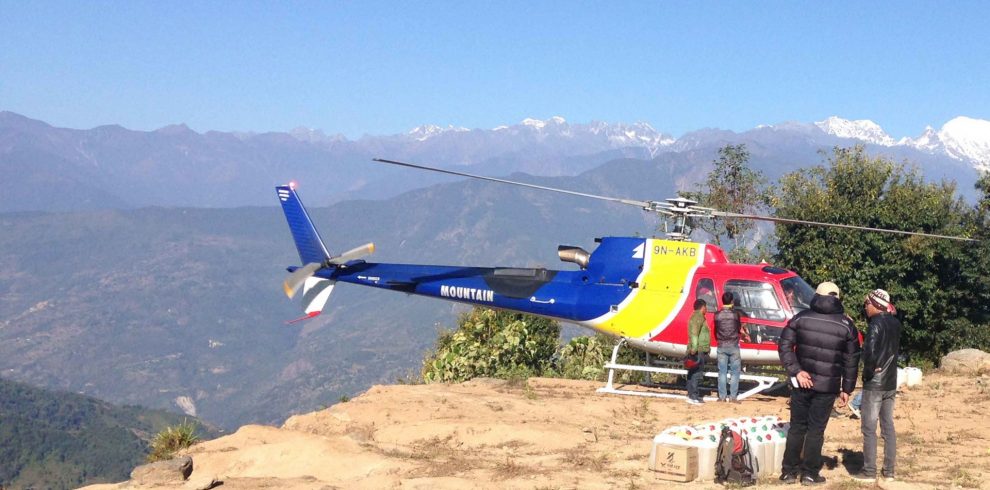
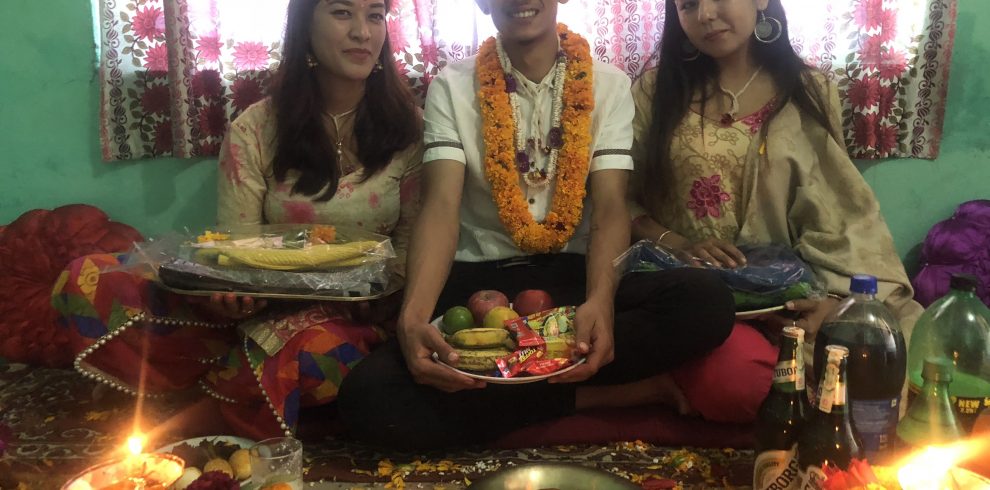
Write a Review
You must be logged in to post a comment.